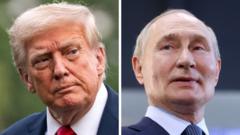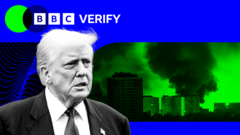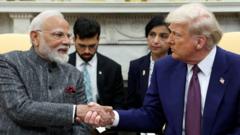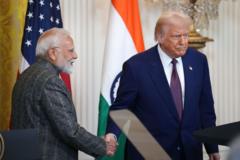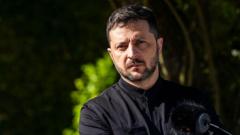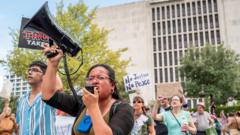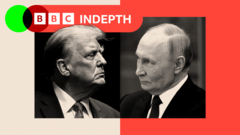Despite extensive sanctions imposed by Western nations against Russia, the ground reality in Ukraine shows a different picture, as officials collect evidence of ongoing attacks and escalating civilian casualties. Amidst calls for increased sanctions, local leaders emphasize the need for justice rather than mere peace, highlighting the emotional and human toll of the war.
The Complex Truth of Sanctions: Impact on Ukraine's Ongoing Struggles
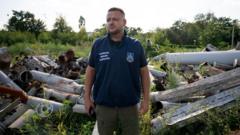
The Complex Truth of Sanctions: Impact on Ukraine's Ongoing Struggles
As Ukraine grapples with Russian aggression, evidence from the front lines suggests sanctions may have limited effectiveness in curbing the conflict.
On Ukraine's eastern front, a chilling gallery of war's aftermath underscores the challenges posed by international sanctions on Russia. Since the onset of Russia's invasion, Western countries have levied numerous economic sanctions aimed at weakening the Kremlin's military capabilities. Yet, the operational reality in Ukraine points to a concerning persistence of Russian military operations.
Dymtro Chubenko of the Kharkiv Region Prosecutor's Office provides insight into the situation on the ground, revealing a grim assemblage of twisted scraps — remnants of Russian bombs, missiles, and drones. This site, intended as a repository for evidence of war crimes, demonstrates that Russia continues to deploy a range of weaponry, including Iranian-designed Kamikaze drones, suggesting that sanctions have not effectively strangled the Kremlin's war machine.
Highlighting the adaptability of Russia’s military, Chubenko points out that many of these weapons utilize components sourced from Western countries, raising questions about the efficacy of current sanctions. Meanwhile, U.S. President Donald Trump's recent threats to increase sanctions on Russia further complicate the situation, introducing secondary sanctions targeting countries purchasing Russian oil.
Trump's administration aims to place pressure on Russia, with hopes that these measures might prompt the Kremlin to reconsider its aggressive stance. However, as Chubenko indicates, any substantial reduction in Russia's military capabilities, particularly in the realm of energy exports, may take time, and immediate impacts are unlikely.
Kharkiv, just a stone’s throw from the Russian border, has borne the brunt of bombardments, with significant civilian losses and widespread destruction. Colonel Serhii Bolvinov's investigation into civilian casualties reveals a painful narrative of loss, where strikes have decimated families and left lasting scars on the community.
As Borvinov works tirelessly to document the evidence and seek justice for those affected, the call for accountability resounds loudly. "Peace without justice is not really peace," he insists, indicating that any resolution must address the profound suffering experienced by the Ukrainian people.
At a nearby cemetery, the visible toll of the conflict is starkly illustrated by rows of graves adorned with Ukrainian flags, reserved for fallen soldiers, while civilian victims also bear witness to the tragedy. A grieving mother shares her skepticism about the potential for Trump's pressure to bring change. "Hope is fading," she laments, highlighting the prolonged uncertainty surrounding their futures.
In light of the ongoing conflict and the visible impact of sanctions — or lack thereof — the situation remains urgent and complex. As the fight for justice and justice continues, both locally and globally, the divergent narratives illustrate the multifaceted nature of this crisis.

